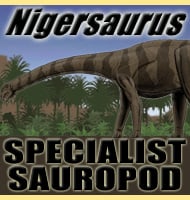In Depth
As the second largest known eurypterid, Pterygotus remains have been recovered from the world over suggesting that it was a highly successful predator. Pterygotus had four compound eyes with two smaller ones on top of the head and two larger ones at the front. This would have given Pterygotus exceptionally good vision for its time with a potentially good degree of depth perception as can be seen in jumping spiders today.
Pterygotus could use its paddle like appendages for swimming but could also move its tail for propulsion, perhaps to provide an extra burst of speed when attacking prey. It probably would have focused its attention on other arthropods such as trilobites which would have been very common at the time.
Numerous species have been attributed to Pterygotus, but some have been questioned. The above species mentioned are generally accepted, but may not feature all.
Further Reading
– Merostomata. Part P Arthropoda 2, Chelicerata. Treatise on Invertebrate Paleontology. pp. 30–31. – Leif Stromer – 1955. – Pterygotus anglicus Agassiz (Chelicerata: Eurypterida) from Atholville, Lower Devonian Campbellton Formation, New Brunswick, Canada. – Palaeontology 50 (4): 981–999. – Randall F. Miller – 2007. – All the better to see you with: eyes and claws reveal the evolution of divergent ecological roles in giant pterygotid eurypterids”. Biology Letters. 11 (8). – Victoria E. McCoy, James C. Lamsdell, Markus Poschmann, Ross P. Anderson & Derek E. G. Briggs – 2015.










